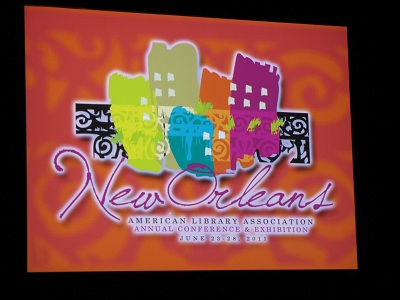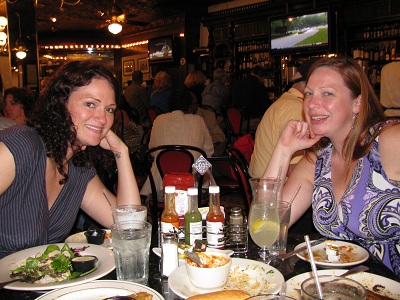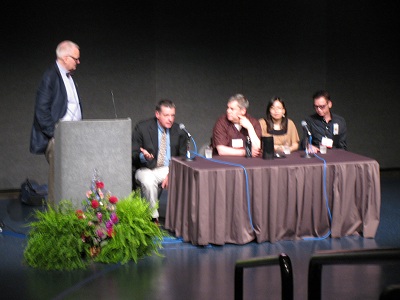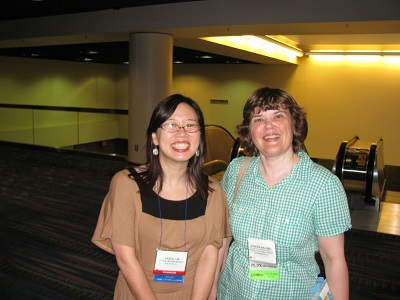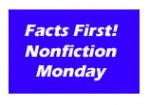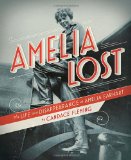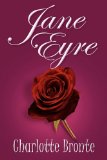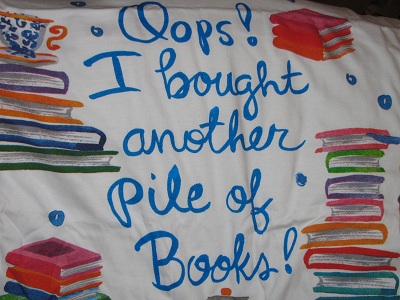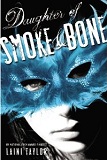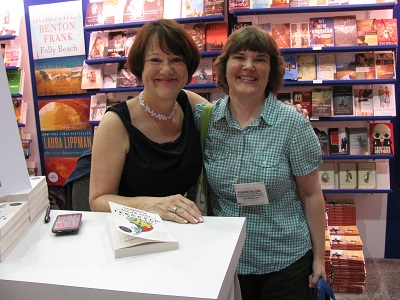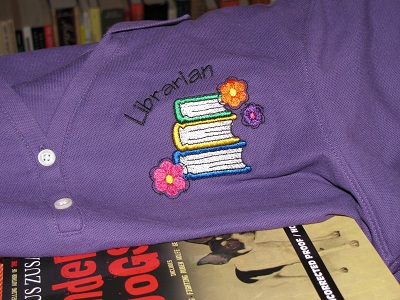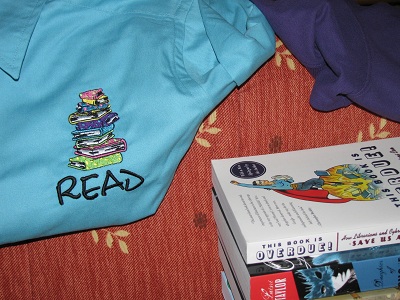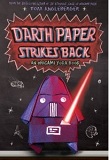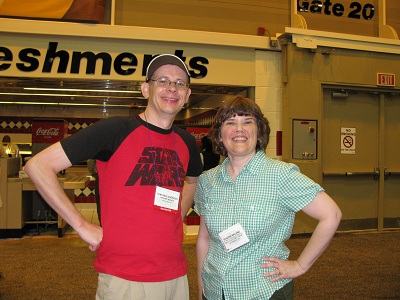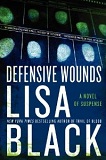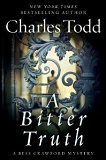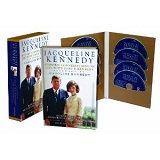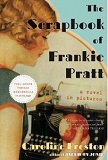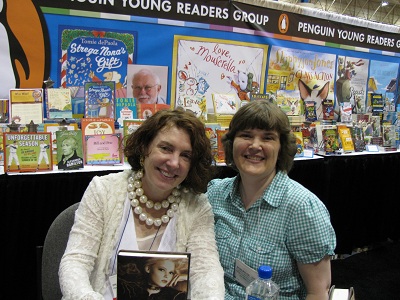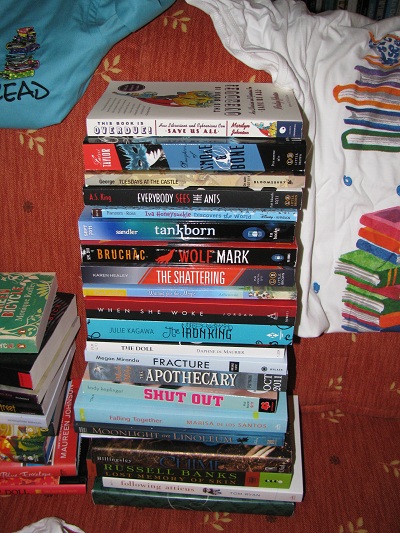Bravo for YA Literature!
A month ago, I posted about YA Saves and YA Saves, Revisited. Today I listened to two internet radio interviews with the author whose essay in the Wall Street Journal started the kerfuffle. I wouldn’t have listened, but the interviews also included two brilliant YA authors. The first one included Maureen Johnson, and the second one Lauren Myracle. Both were eloquent in defense of YA Literature.
Laurel Snyder posted a nice reaction to the first interview. And after listening to both interviews, there are things I want to say.
1. It seems silly to me to say that YA is getting darker. The article began with a description of a mother going into a big box bookstore and being unable to find a book for her teenage daughter, because “all” the YA books were too dark. I am a librarian. I happen to know that there are many “light” YA books out there. It seems especially ironic that Meghan Cox Gurdon was on air with Maureen Johnson today. Because Maureen’s books are wildly popular — and yet in my review of Suite Scarlett, posted long before this fracas, I described it as “light-hearted fun.”
She also makes the point that YA didn’t really exist until the late sixties. Well, when I was a teen, we just read adult books. Current YA is not darker than adult books. Is she just objecting to calling it YA? The teens will find it anyway, I think. But how can you say that YA wasn’t around when we were kids, but then say it’s darker than when we were kids? Personally, I think the genre is broadening and expanding. There are PLENTY of light books being written, too.
2. She dismissed librarians’ objections that if the mother had consulted a librarian, she could have easily found appropriate books. I still think that’s a very legitimate objection. The light books DO exist. I am very aware of outstanding YA books. I’m not a big fan of dark books myself, and I find plenty of YA books that I love. But I see those books that don’t appeal to me being loved by teens and making a difference in people’s lives. I strongly disagree that there are not many “light” choices for teens being published today.
3. She said that she is NOT in favor of banning books, and she is not in favor of censorship. So what, exactly, was she trying to say? That publishers should not publish so many dark books? That it should not be called YA? That writers should not write this “dark” material? How is that not censorship?
She also stated more than once that 12 to 14-year-olds are children. Does she think that by labelling a book for “Young Adults,” publishers or librarians are saying that it is appropriate for every 12-year-old?
My response would be Absolutely Not! Just as not every book in our Juvenile Fiction section is appropriate for every 2nd-grader.
As a matter of fact, 12-year-olds are some of the most difficult people for which to do Readers’ Advisory. Because there are often many books they will love in the Juvenile Fiction section, and many books they will love in the Young Adult section. So you normally need to show them both sections of the library and explain that they will like some of both sections.
Now, if Meghan Cox Gurdon was simply trying to say: Parents! Be aware that there’s some “dark” material in YA books these days! Be aware that not every book labelled for 12 and up will be appropriate for every 12-year-old!
Well, if that’s what she was trying to say, more power to her. But I did get the impression she was saying that dark books are bad for kids and should not even be available to them — despite all the outcry on the #YASaves hashtag on Twitter with stories of people whose lives were changed for the better by “dark” books.
4. I think a big part of this issue is the question of protectiveness versus overprotectiveness. I have two sons, ages 23 and almost-17. I was much, much more protective with the first one. But as he grew and pushed back, I realized he was strong enough and smart enough to deal with things I didn’t want him to have to think about. My younger son has a lot more freedom — won by his brother! — and I think he handles it well, and I like talking him about what he thinks, even when it’s so different from what I think.
The thing is, somewhere between 12 and 18, our children DO become adults. I’d rather they grappled with some of the dark issues in the safe pages of a book, while they are still under my roof.
But I realize that’s just me. I have many friends who are much further on the side of protectiveness, and when I was a new mom, at least, I had many friends who were much further on the side of letting the kids find their own way.
Yes, parents should be aware that there’s some dark stuff in YA books. Then they can decide whether trying to keep their kids from that is what they want to do — or not. For some kids, having books talk about issues no one else will talk about is life-changing, even life-saving.
As a librarian, I’m proud to have books available for all of those kids. And I’m proud that I’m damn GOOD at helping each reader find a book that they will enjoy.
